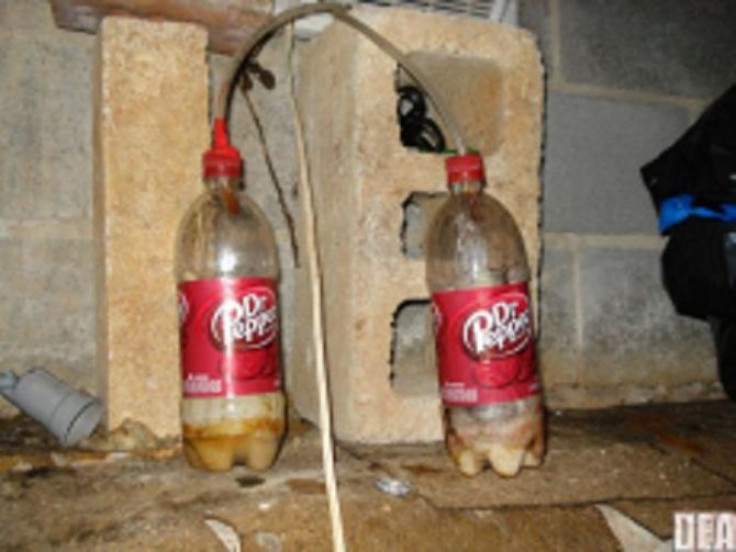Burned 'Shake-and-Bake' Meth Makers Cost Taxpayers Millions

A crude method of making methamphetamine has contributed to the closure of several burn units across the nation by filing hospitals with thousands of uninsured burn patients who require millions of dollars in advanced treatment.
The “shake-and-bake” procedure of producing meth combines raw, unstable ingredients in a 2-liter soda bottle, but if the toxic mixture is made with just the slightest error like removing the cap too soon or an accidental pierce in the plastic, the bottle can explode, burning flesh and causing permanents disfigurement, blindness or even death.
A poll of hospitals in some of the nation’s most active meth states showed that nearly a third of patients in some burn units were hurt while making the illicit drug and most of them had no insurance, according to an AP survey.
On average, the treatment costs about $6,000 per day, and the average meth patient’s hospital stay costs 60 percent more than other burn patients at $130,000 according to a study by researchers at a burn center in Kalamazoo, Michigan.
At least seven burn wards in the nation have been shut down over the course of six years because of the treatment cost incurred by uninsured patients who were connected to methamphetamine.
The annual cost to taxpayer money is projected to be around tens if not hundreds of millions of dollars, according to burn experts, and it is impossible to determine a more accurate number because many meth users lie about the cause of their burns.
Typical meth labs are usually in basements, backyard sheds or other private spaces and people can usually escape if these larger labs catch on fire. However, with the more risky shake-and-bake method, drug makers would have to hold the explosive mixture up close and can sometimes cause burns from the waist to the face.
The crude procedure, also none as the “one-pot” approach, is popular because it uses less pseudoephedrine, a common ingredient in some cold and allergy medication, and produces meth in a matter of minutes rather than hours. It is also cheaper and easier to conceal, and meth makers can carry all the materials needed in a backpack to mix in a bathroom stall or in a car.
The cheaper makeshift procedure first emerged a few years ago after many states attempted to limit or forbid over-the-counter access to pseudoephedrine, and has since become a widespread method of choice.



























